A Comprehensive Guide to Mining Ethereum
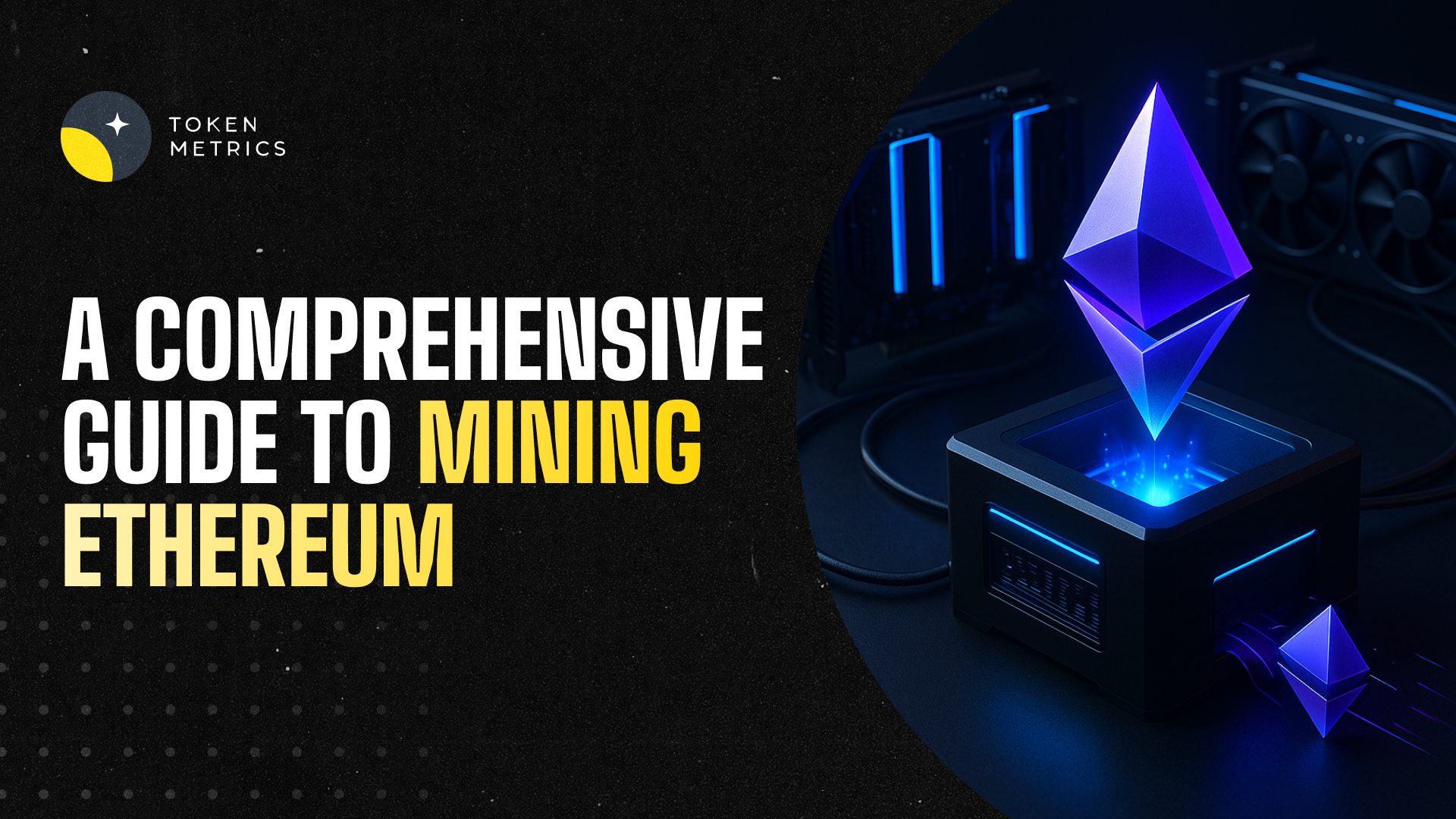
Introduction
Ethereum mining has been an essential part of the Ethereum blockchain network, enabling transaction validation and new token issuance under a Proof-of-Work (PoW) consensus mechanism. As Ethereum evolves, understanding the fundamentals of mining, the required technology, and operational aspects can provide valuable insights into this cornerstone process. This guide explains the key components of Ethereum mining, focusing on technical and educational details without promotional or financial advice.
How Ethereum Mining Works
Ethereum mining involves validating transactions and securing the network by solving complex mathematical problems using computational resources. Miners employ high-performance hardware to perform hashing calculations and compete to add new blocks to the blockchain. Successfully mined blocks reward miners with Ether (ETH) generated through block rewards and transaction fees.
At its core, Ethereum mining requires:
- Mining hardware: specialized components optimized for hashing functions
- Mining software: programs that connect hardware to the network and coordinate mining efforts
- Network connection: stable and efficient internet connectivity
- Mining pool participation: collaborative groups of miners combining hash power
Choosing Mining Hardware
GPU-based mining rigs are currently the standard hardware for Ethereum mining due to their efficiency in processing the Ethash PoW algorithm. Graphics Processing Units (GPUs) are well-suited for the memory-intensive hashing tasks required for Ethereum, as opposed to ASICs (Application-Specific Integrated Circuits) that tend to specialize in other cryptocurrencies.
Key considerations when selecting GPUs include:
- Hashrate: the measure of mining speed, usually expressed in MH/s (megahashes per second)
- Energy efficiency: power consumption relative to hashing performance
- Memory capacity: minimum 4GB VRAM required for Ethereum mining
- Cost: initial investment balanced against expected operational expenses
Popular GPUs such as the Nvidia RTX and AMD RX series often top mining performance benchmarks. However, hardware availability and electricity costs significantly impact operational efficiency.
Setting Up Mining Software
Once mining hardware is selected, the next step involves configuring mining software suited for Ethereum. Mining software translates computational tasks into actionable processes executed by the hardware while connecting to the Ethereum network or mining pools.
Common mining software options include:
- Ethminer: an open-source solution tailored for Ethereum
- Claymore Dual Miner: supports mining Ethereum alongside other cryptocurrencies
- PhoenixMiner: known for its stability and efficiency
When configuring mining software, consider settings related to:
- Pool address: if participating in a mining pool
- Wallet address: for receiving mining rewards
- GPU tuning parameters: to optimize performance and power usage
Understanding Mining Pools
Mining Ethereum independently can be challenging due to increasing network difficulty and competition. Mining pools provide cooperative frameworks where multiple miners combine computational power to improve chances of mining a block. Rewards are then distributed proportionally according to contributed hash power.
Benefits of mining pools include:
- Reduced variance: more frequent, smaller payouts compared to solo mining
- Community support: troubleshooting and shared resources
- Scalability: enabling participation even with limited hardware
Popular mining pools for Ethereum include Ethermine, SparkPool, and Nanopool. When selecting a mining pool, evaluate factors such as fees, payout methods, server locations, and minimum payout thresholds.
Operational Expenses and Efficiency
Mining Ethereum incurs ongoing costs, primarily electricity consumption and hardware maintenance. Efficiency optimization entails balancing power consumption with mining output to ensure sustainable operations.
Key factors to consider include:
- Electricity costs: regional rates greatly influence profitability and operational feasibility
- Hardware lifespan: consistent usage causes wear, requiring periodic replacements
- Cooling solutions: to maintain optimal operating temperatures and prevent hardware degradation
Understanding power consumption (wattage) of mining rigs relative to their hashrate assists in determining energy efficiency. For example, a rig with a hashrate of 60 MH/s consuming 1200 watts has different efficiency metrics compared to others.
Monitoring and Analytics Tools
Efficient mining operations benefit from monitoring tools that track hardware performance, network status, and market dynamics. Analytical platforms offer data-backed insights that can guide equipment upgrades, pool selection, and operational adjustments.
Artificial intelligence-driven research platforms like Token Metrics provide quantitative analysis of Ethereum network trends and mining considerations. Leveraging such tools can optimize decision-making by integrating technical data with market analytics without endorsing specific investment choices.
Preparing for Ethereum Network Evolution
Ethereum’s transition from Proof-of-Work to Proof-of-Stake (PoS), known as Ethereum 2.0, represents a significant development that impacts mining practices. PoS eliminates traditional mining in favor of staking mechanisms, which means Ethereum mining as performed today may phase out.
Miners should remain informed about network upgrades and consensus changes through official channels and reliable analysis platforms like Token Metrics. Understanding potential impacts enables strategic planning related to hardware usage and participation in alternative blockchain activities.
Educational Disclaimer
This article is intended for educational purposes only. It does not offer investment advice, price predictions, or endorsements. Readers should conduct thorough individual research and consider multiple reputable sources before engaging in Ethereum mining or related activities.

Create Your Free Token Metrics Account




Create Your Free Token Metrics Account





.png)
Power your platform with Token Metrics API
Access real-time crypto data, analytics, and grades.
Get Your Free API KeyCreate Your Free Token Metrics Account


Create Your Free Token Metrics Account














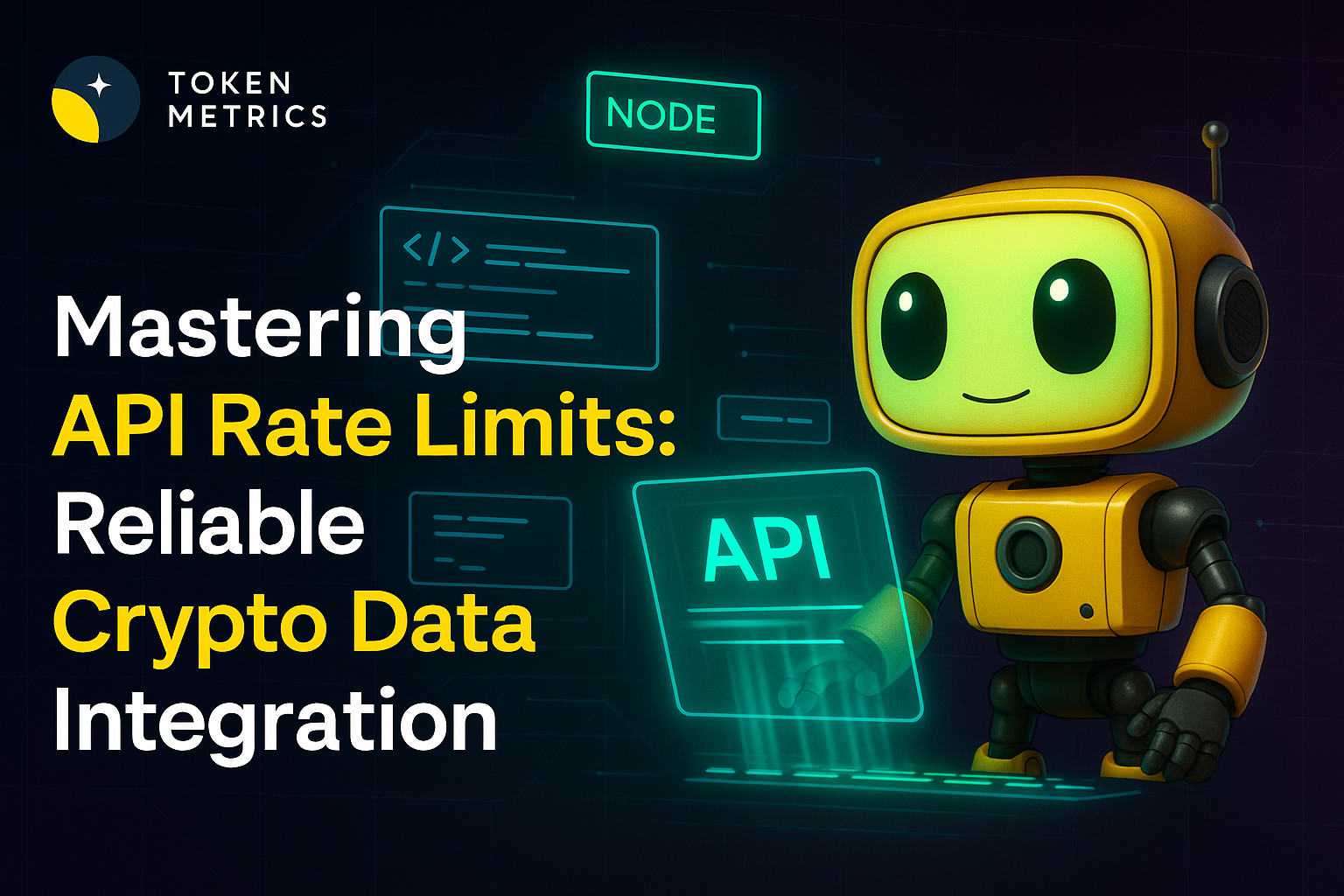
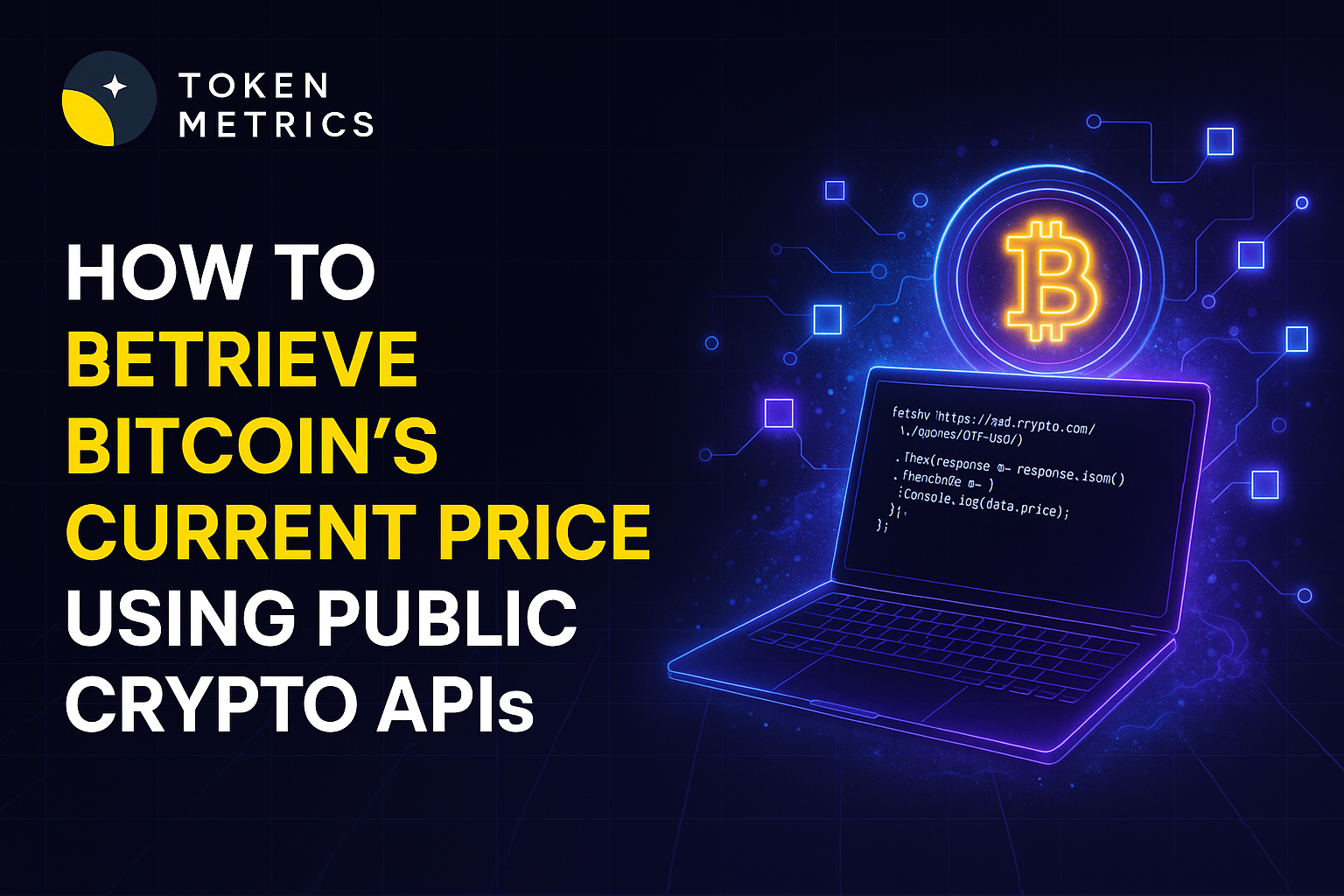
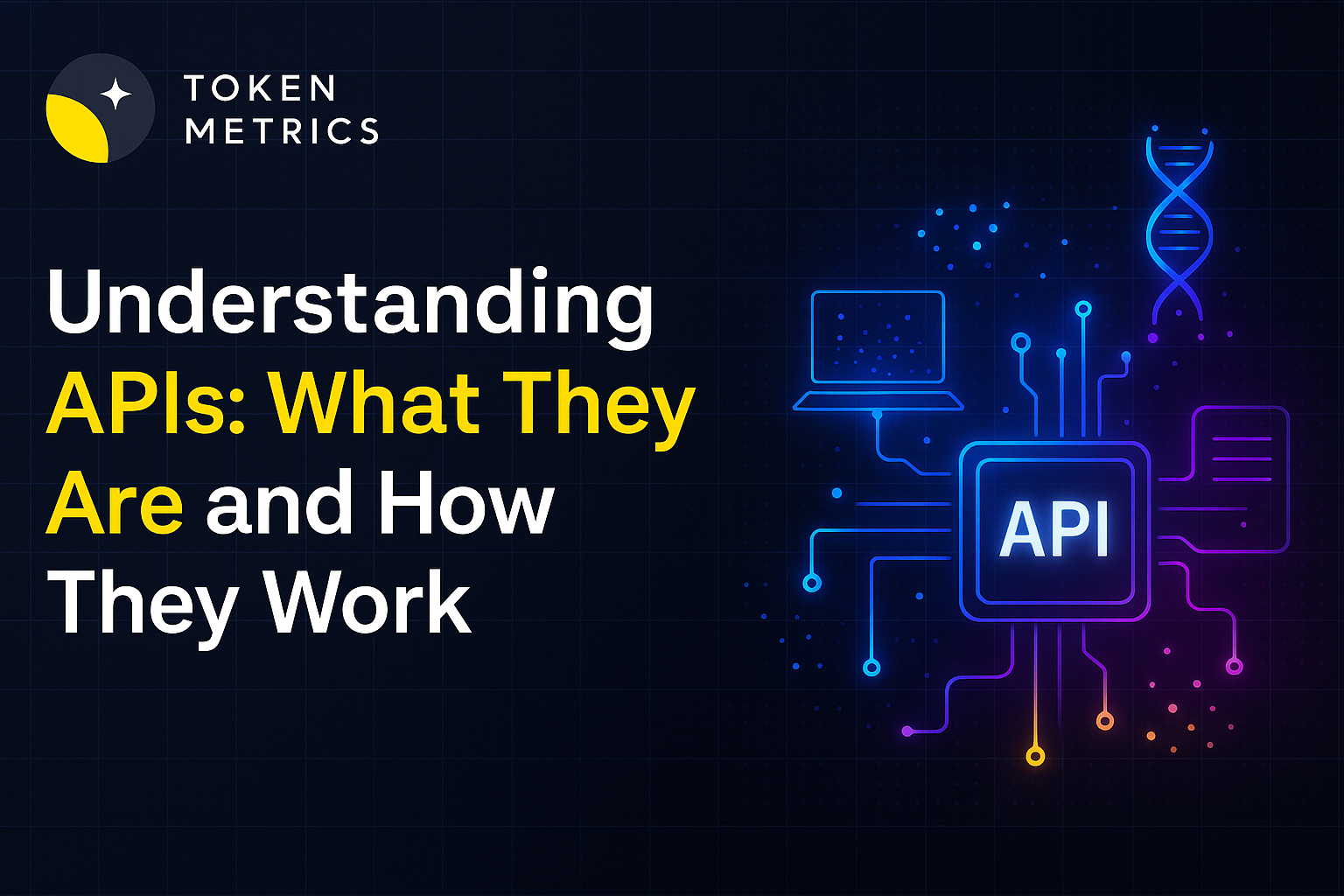

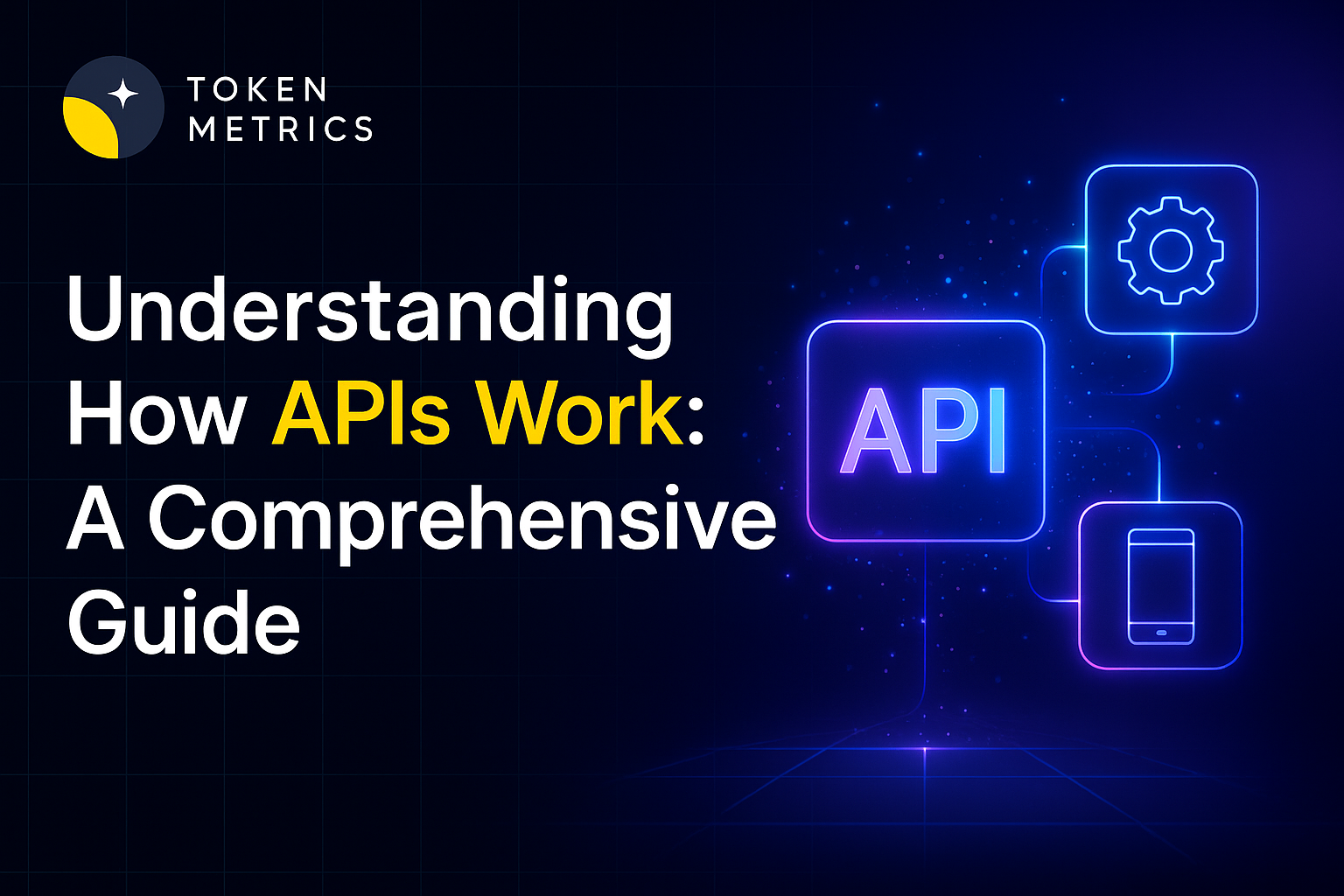
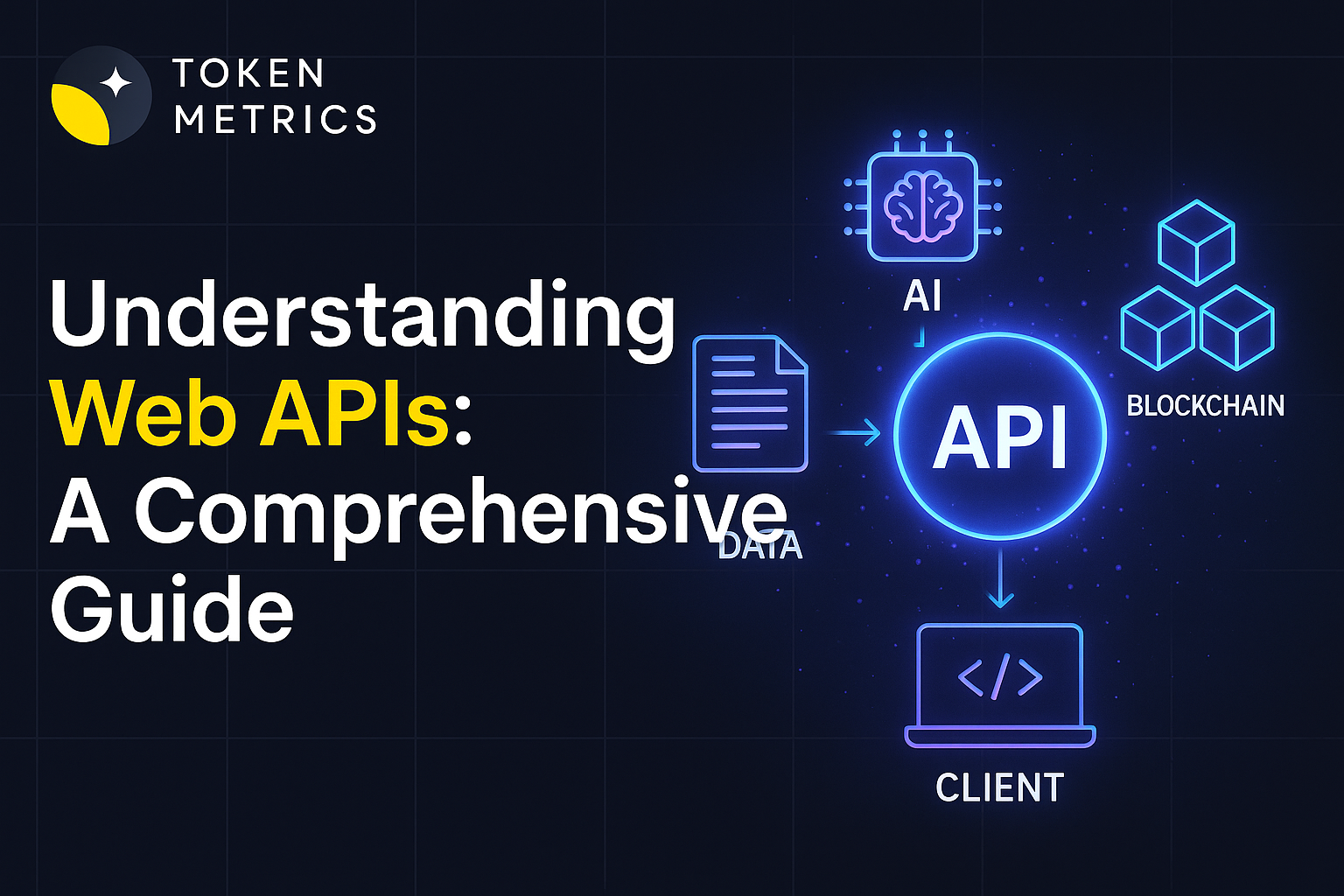

.svg)




.png)